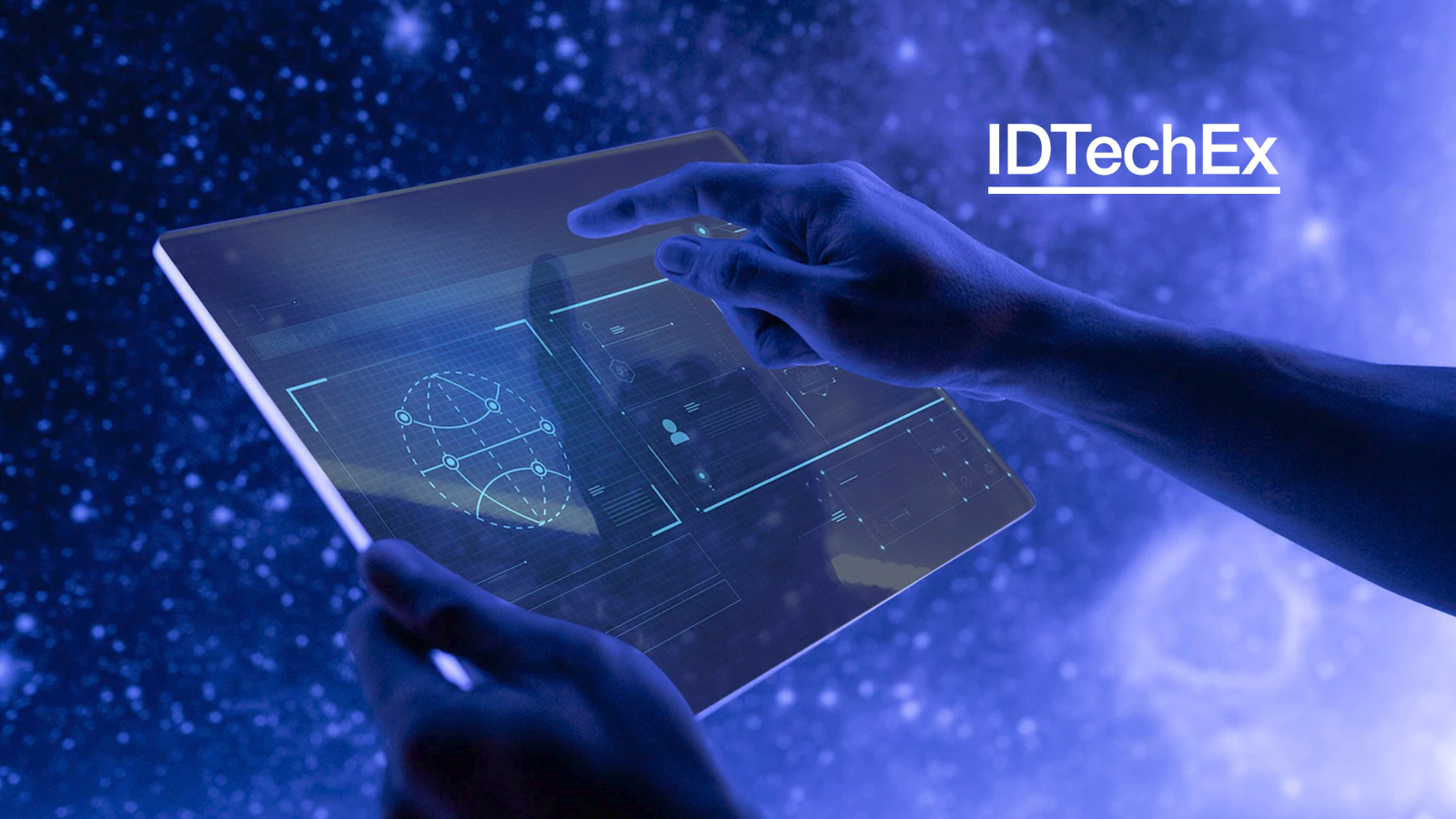Medtech
6G – IDTechEx Discusses the Important Technological Developments to Watch
While 5G mmWave has yet to take off, 6G research has already begun. But what exactly is 6G, and what are the emerging areas to watch. This article…


While 5G mmWave has yet to take off, 6G research has already begun. But what exactly is 6G, and what are the emerging areas to watch.
This article will provide a high-level overview of 6G, including 6G frequencies, technological development trends, and noteworthy 6G applications. The information shared in this article is taken from the latest IDTechEx research report, ‘6G Market 2023-2043: Technology, Trends, Forecasts, Players‘. This report provides critical insight and commercial outlooks for this emerging field.
This article starts at the most basic level – the frequency band. In 5G, sub-6 GHz (3.5 – 6 GHz) and millimeter wave (mmWave, 24 – 100 GHz) bands are the two new bands among the spectrum covered. In 6G, the frequency ranges under consideration include 7 to 20 GHz frequency band, W-band (above 75 – 110 GHz), D-band (110 GHz to 175 GHz), bands between 275 GHz and 300 GHz, and in THz range (0.3-10 THz). The bands between 7 and 20 GHz are considered because of the need for coverage that will enable mobile and ‘on the go‘ applications for numerous 6G use cases. The W and D bands are of interest for both 6G access and Xhaul (e.g. fronthaul, backhaul) networks. A solution that meets the objectives of both services is to be considered. As of September 2022, worldwide spectrum allocations do not go beyond 275 GHz. Nevertheless, frequency bands in the range 275-450 GHz have been identified for the implementation of land mobile and fixed service applications, as well as radio astronomy and Earth exploration-satellite service and space research service in the range 275-1,000 GHz.
Recommended AI News: Introducing WordPress VIP for Salesforce: a Powerful, Time-saving Integration for Content Marketers
What Does 6G Promise and What Are the Challenges
By exploiting the large bandwidth in the THz frequency band, 6G is expected to enable 1 TBps data rate. However, this rate is very challenging to achieve as a large continuous bandwidth is required, but in reality, the bandwidths that are available for use are limited and split over different bands. Another aspect is that spectral efficiency makes a direct trade-off with the required Signal to Noise Ratio (SNR) for detection. The higher the required SNR, the shorter the respective range becomes due to transmitted power limitations at high frequencies as well as added noise. As an example, Samsung’s state-of-the-art D-band phase array transmitter prototype currently demonstrates the furthest travel distance of 120m but only achieves 2.3 Gbps. Other groups show higher data rates, but the over-the-air travel distance is only at centimeter level.
To further improve link range as well as enhance data rate, several requirements are needed to be considered when designing a 6G radio. For example, selecting appropriate semiconductors to boost link range is critical, pick low-loss materials with a small dielectric constant and tan loss to prevent substantial transmission loss. To further reduce transmission loss, a new packaging strategy that tightly integrates RF components with antennas is required. However, one must remember that as devices get increasingly compact, power and thermal management become even more critical.
In addition to device design, network deployment strategy is also a crucial area to research in order to address NLOS and power consumption challenges. Establishing a heterogeneous smart electromagnetic (EM) environment, for example, is being investigated, utilizing a wide range of technologies, such as reconfigurable intelligent surfaces (RIS) or repeaters.
Recommended AI News: LZG International, Inc. (FatBrain AI) Announces Plans to Uplist to OTCQB Venture Market
6G Applications
One significant change of 6G to previous communication generations is that it will now include non-terrestrial networks, which is a key development item in 6G that enables conventional 2D network architectures to function in 3D space. Low Altitude Platforms (LAPs), High Altitude Platforms (HAPs), Unmanned Aerial Vehicles (UAVs), and satellites are examples of non-terrestrial networks (NTNs). China sent the world’s first 6G satellite in November 2020. This year, Huawei tested the NTN 6G networks using LEO (Low Earth Orbit) satellites. More and more activities in this area show that NTN networks will for sure be a key development trend.
Despite communications, 6G is also expected to tap into the world of sensing, imaging, wireless cognition, and precise positioning. Last year, Apple patented its THz sensor technology for gas sensing and imaging in iDevice. Huawei also tested several Integrated Sensing and Communication (ISAC) prototypes. Many more studies and trials are underway to fully leverage the potential of 6G THz frequency bands.
Recommended AI News: Prisma Cloud Delivers Context-Aware Software Composition Analysis to Secure Deployment of Open Source Software
[To share your insights with us, please write to sghosh@martechseries.com]
The post 6G – IDTechEx Discusses the Important Technological Developments to Watch appeared first on AiThority.

ETF Talk: AI is ‘Big Generator’
Second nature comes alive Even if you close your eyes We exist through this strange device — Yes, “Big Generator” Artificial intelligence (AI) has…
Apple gets an appeals court win for its Apple Watch
Apple has at least a couple more weeks before it has to worry about another sales ban.
Federal court blocks ban on Apple Watches after Apple appeal
A federal appeals court has temporarily blocked a sweeping import ban on Apple’s latest smartwatches while the patent dispute winds its way through…














